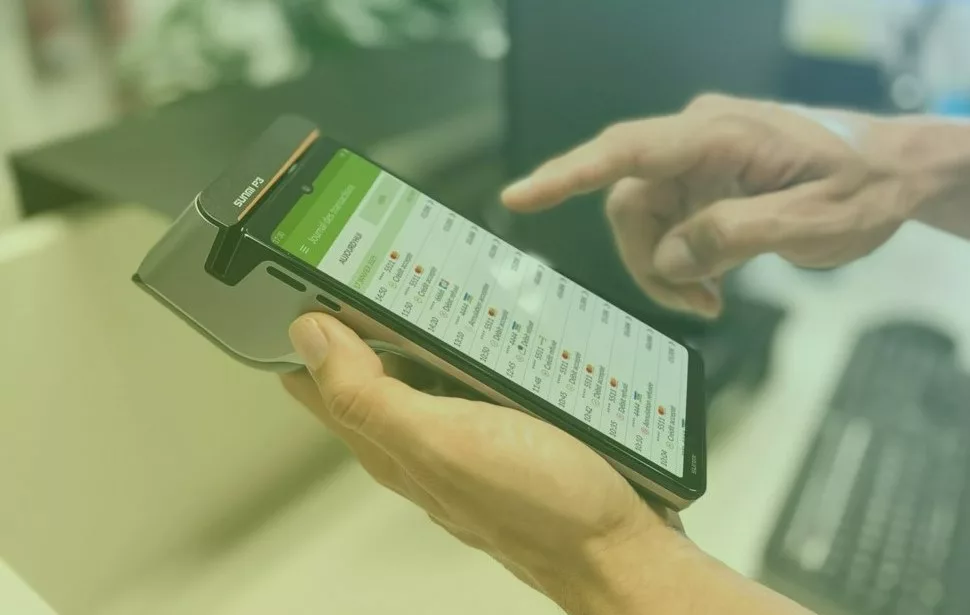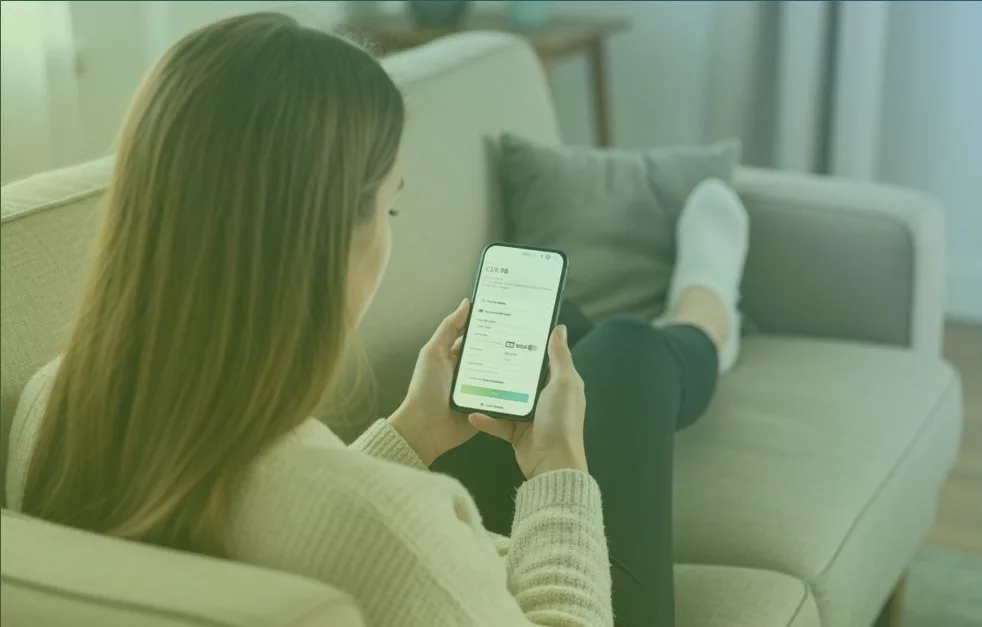The growth of e-commerce around the world and new consumer habits have opened the way for small-scale payment systems. We often see this in online shops offering everything from clothing and cosmetics products to fashion items and technological devices.
The micropayment system has emerged to address the need to purchase these products over the Internet. Today we want to talk about payments by mail or SMS. Come with us and don’t miss it!
How to charge for SMS text messages?
Payments by SMS Pay is a solution highly demanded by companies to monetise digital content and services, and it is one of the most common in the micropayment system. The user is charged only for the cost of sending or receiving a Premium message. This solution has been designed for micropayments from mobile phones.
The text message payment process works as follows:
- The user sends an SMS with a keyword to a code given to him/her.
- He/she receives confirmation of the payment.
In this process, users subscribe to receive a regular SMS in order to pay for a digital service, known as MT billing or message receipt billing. Thanks to this payment system, sellers and buyers benefit: the purchase process is much faster, no bank transactions or credit cards are needed, purchases can be made by subscription or in single payments and it is totally anonymous.
Integrating the SMS micropayment system into your eCommerce is easy and secure.
What are mail payments?
Mail, like chat and social networks, are key to any business, and what better way to close a sale than where your buyers are? Don’t add clicks, simplify their shopping experience. Payment by mail is a solution already offered by some companies providing payment solutions.
But they’re not the only ones, since Gmail allows you to send money to any email address. To do this, you just have to open your account, click on write, enter the email address of the person you want to send the money to, add a subject, click the $ icon, enter the amount or add a payment method, click on attach money and send.
Mail transfers have become one of the easiest options to receive payments without having a website. PayPal, for example, allows you to make commercial transfers by email, since only an email address is required. To do this, it has three tools:
- Sending money.
- Requesting money.
- And receiving it online.
All you need is for both the sender and receiver of the message to have an active email address.
Developments in payment systems
Payment systems are a basic part of the economic activity of any business. Without leaving aside the use of cash, credit cards became an increasingly used payment system. They avoided the need to carry physical money in your pocket and also allowed you to withdraw money from the bank. And even though they are still widely used today, technological advances in the financial field (so-called fintech) have led to the development of new ways of paying over the internet.
Gradually, online banking has been gaining ground, especially among the new generations, for whom it is an easy and fast payment system. For this reason, it is no coincidence that financial institutions have developed a web interface that works like a 24-hour office and their own mobile applications.
Consumers, especially those of generations Y and Z, increasingly tend to do their shopping online, choosing the products they need and paying from home. The evolution of digital payments has been so great that people are already thinking about what they might bring in the future. For the moment, the latest developments in payments the industry have focused on payments via SMS, e-mail, selfie and voice, although we are already starting to talk about payments via Bluetooth.
An example of this latest technology is the proposal made by PayPal for a system of consumers who can register automatically in shops. In this way, consumers would be able to pay with a ‘hands-free’ option.
The eCommerce Revolution
E-commerce is not only revolutionizing the ways we buy and sell, but also the ways we pay for the products and services we purchase over the internet. Best of all, you don’t have to opt for one or another payment system, but all of them can coexist easily integrated in a single platform.
Customers would therefore have a wide range of possibilities to choose from when making their payments, improving their eCommerce shopping experience and increasing their loyalty. Not only will you easily charge through a single integration, but you’ll also increase your portfolio of domestic and foreign customers, and transactions will be done in a single click.
Online payments are widely accepted by shops, customers and financial institutions. Does your business manage daily collections from customers from different countries around the world, with their own payment methods opening the door to a greater risk of fraud? Would you like to know about new systems to collect micropayments from your online shop?
To attract your consumers, it is essential to have their transaction systems, integrate them into a single platform and adapt them to the operation of payments in the different countries where you sell.





